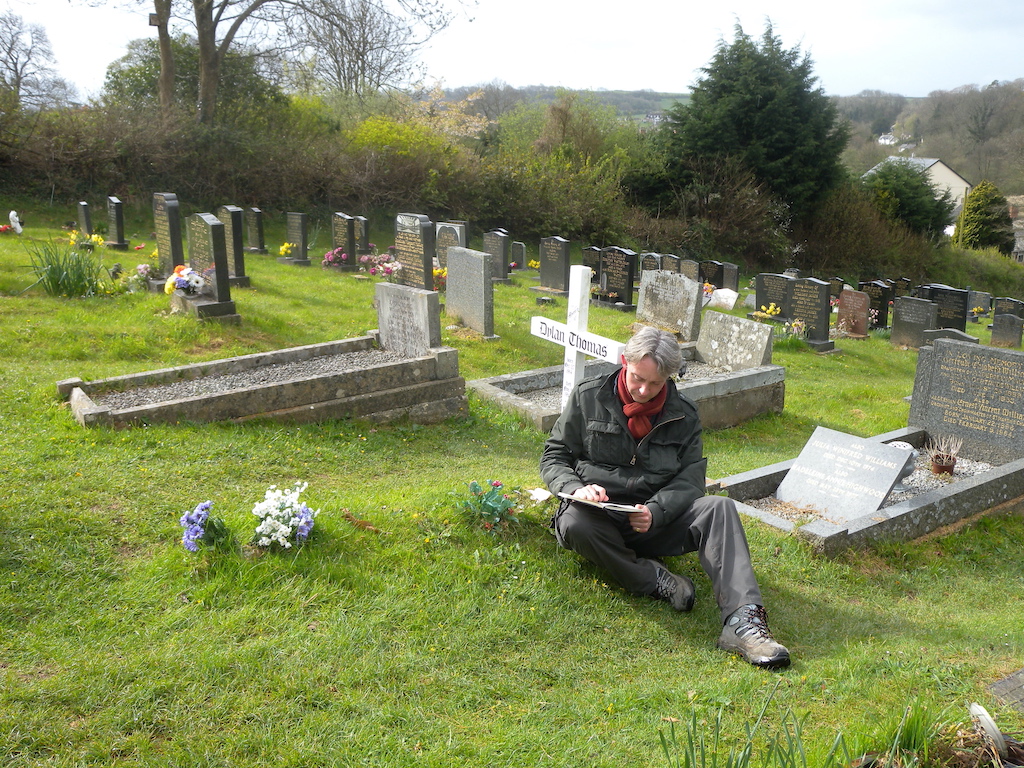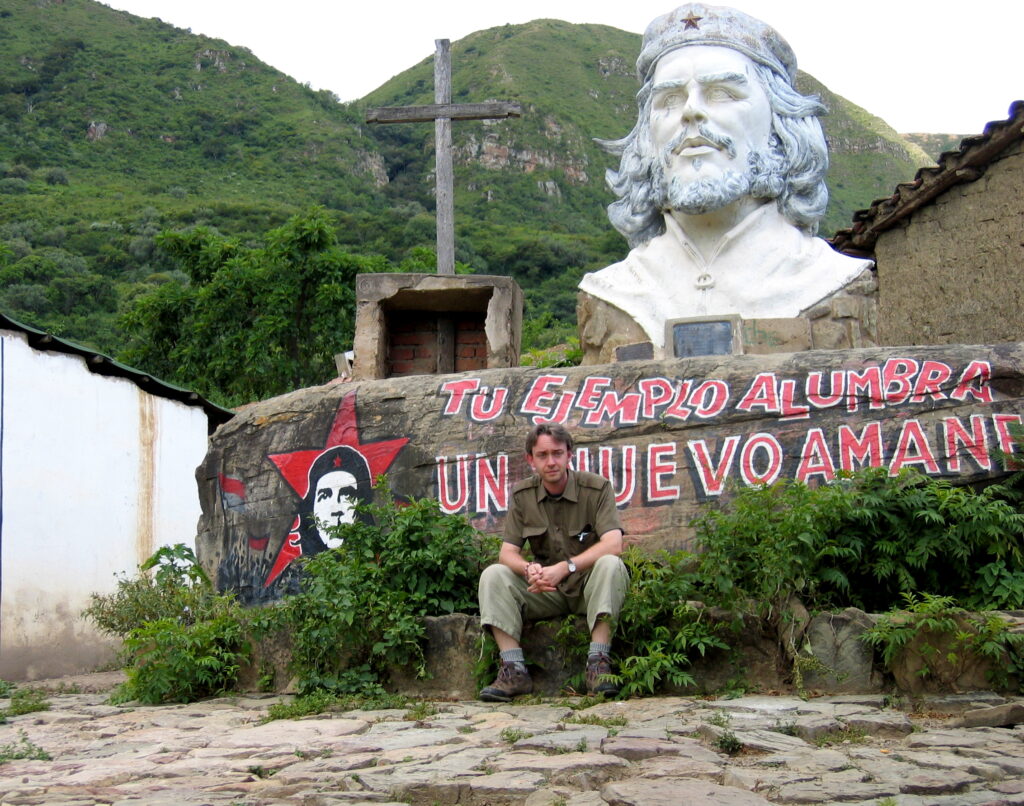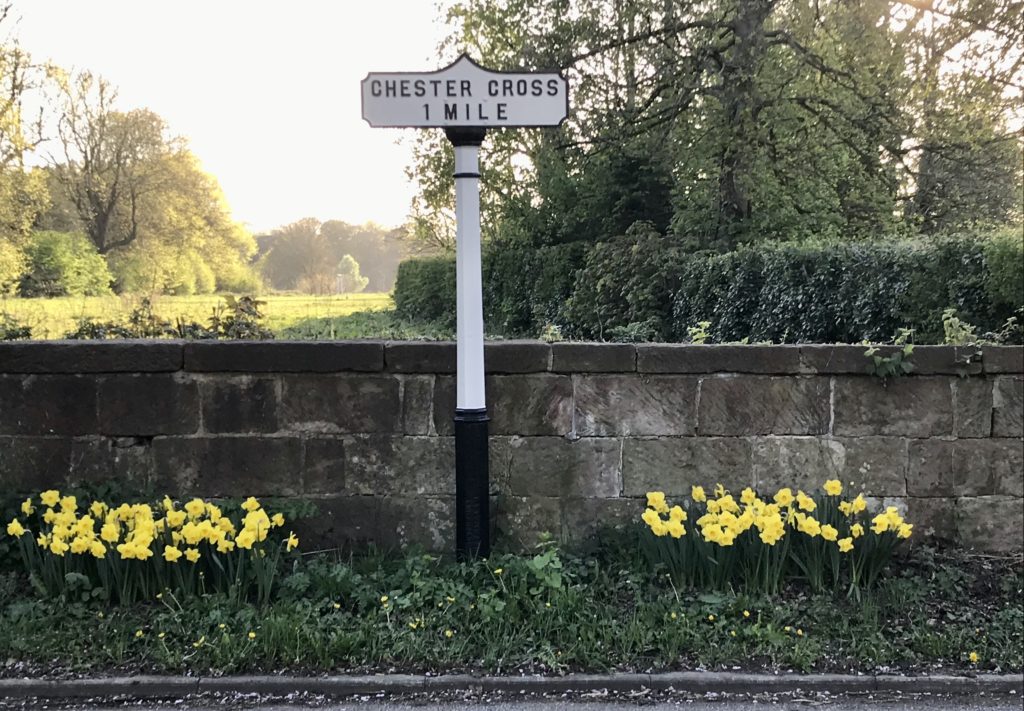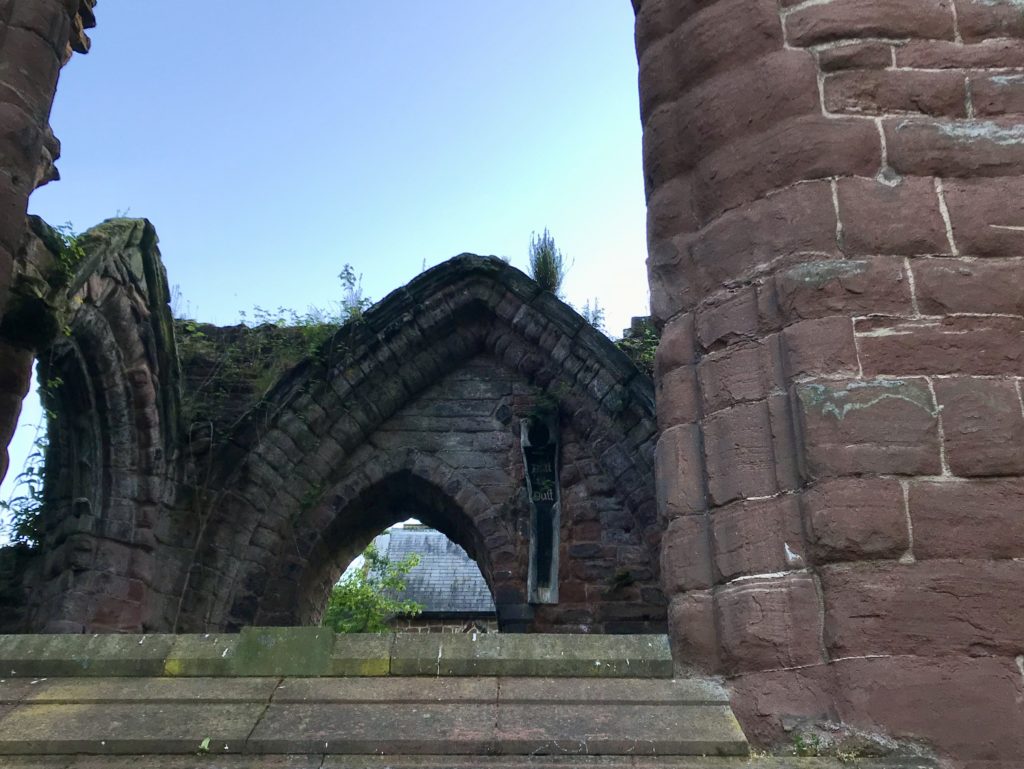May 14 is International Dylan Thomas Day.
The date marks the anniversary of when Under Milk Wood was first read on stage at The Poetry Center, New York, in 1953.
His home town of Swansea, south Wales, will mark the day with live and virtual events while Dylan Thomas fans round the world will remember the impact of his work — now taught in Welsh schools as part of the literacy programme.
Thomas was a complex character but often misunderstood. Success came late for him with his critical plaudits constantly overshadowed by constant money worries and reports of his legendary drunkenness.
But, after his death, he became a cult figure, earning an inclusion on the cover of The Beatles’ Sgt. Pepper’s Lonely Hearts Club Band and inspiring the lyrics of Bob Dylan.
It’s only by visiting the places in Wales associated with his childhood and later life that we can come to understand the man behind the mythology.
My latest travel talk for Context Travel is Dylan Thomas: a literary pilgrimage across Wales.
I’ll trace a journey across the country that inspired Dylan’s writing from his Swansea childhood to Laugharne, where he lived and worked prior to that fateful trip to New York.
It forms part the Context Conversations strand and will be hosted via Zoom on Friday, May 14 at 6pm UK time — International Dylan Thomas Day.
But what to expect?
- The Swansea years as a young man
- The Laugharne years and finding fame
- New York and the final years
- Readings and events for Thomas fans
Book your place here. It’s a one-hour talk, followed by 15 minutes of Q&A for Wales travel tips.
Thomas collapsed and died in New York in November 1953 aged 39. He was on a lecture tour of America, had been mixing with the Beat poets, and Under Milk Wood had been performed for the first time earlier that year to critical acclaim.
He is buried in the graveyard of St Martin’s Church in Laugharne — that’s me [above] pictured by Dylan’s grave.
In the cold-stone interior of the church itself, a plague to Thomas bears the inscription from one of his most evocative poems, Ferne Hill.
It reads: “Time held me green and dying. Though I sang in my chains like the sea.”
- Liked this? Try also Join my Context Conversation travel talk about Bolivia.
- Sign up to my newsletter, Hit the North, for travel news closer to my Chester home.



